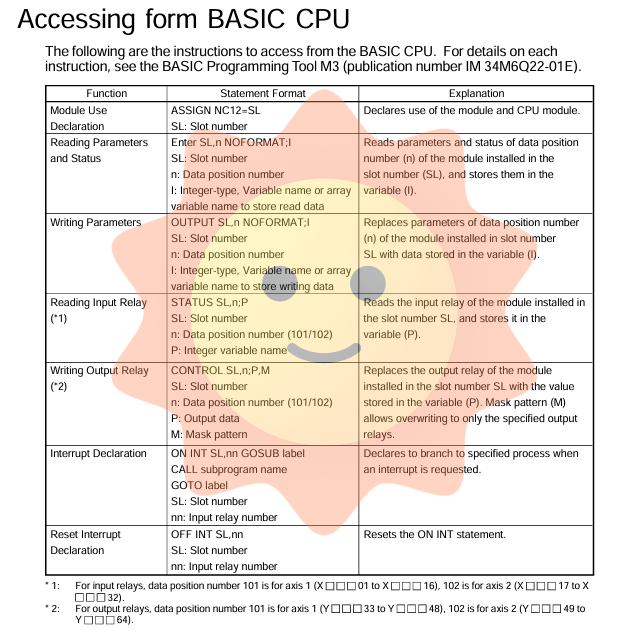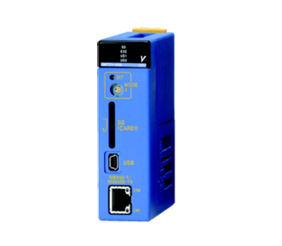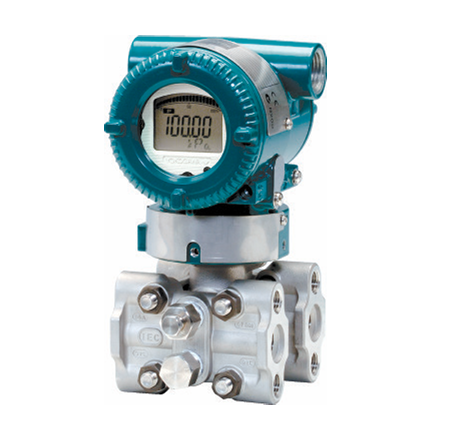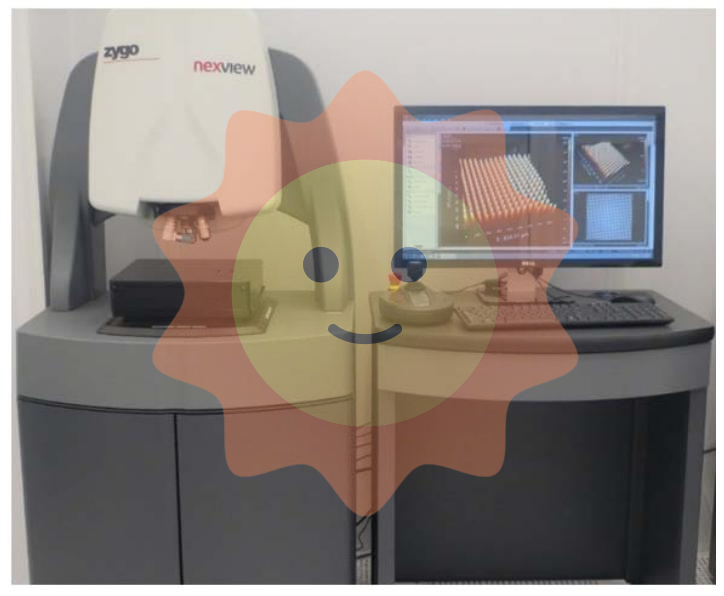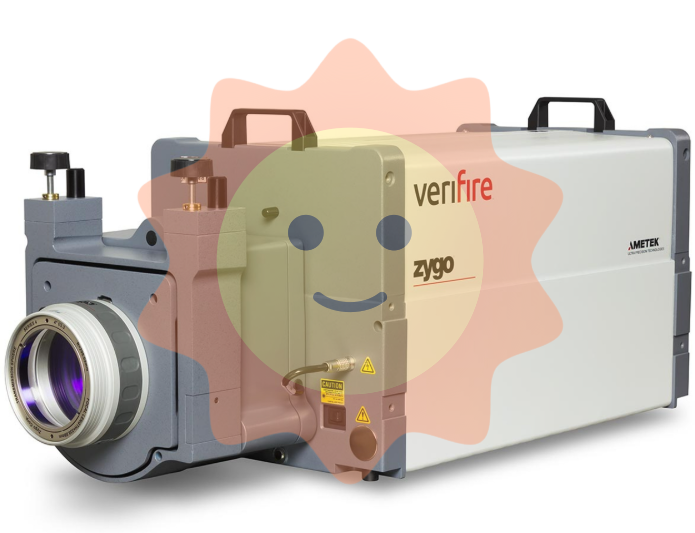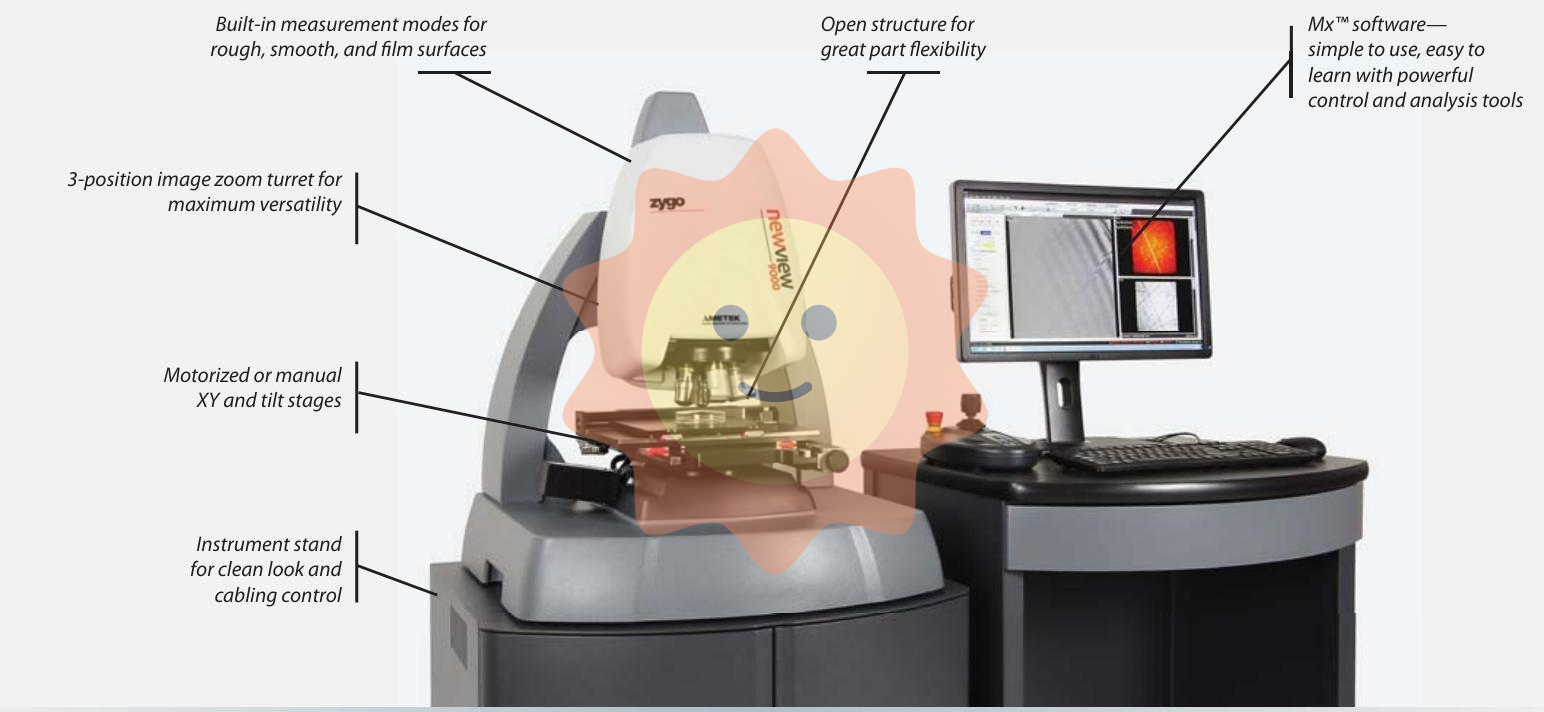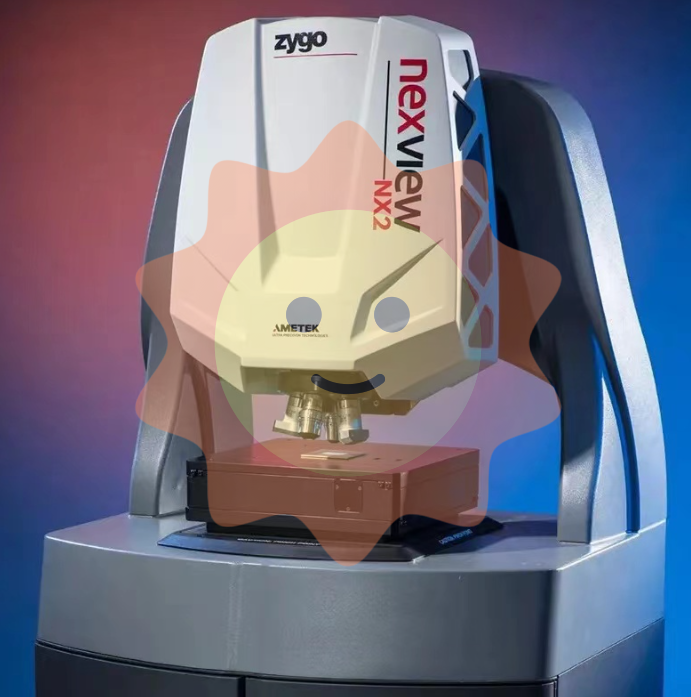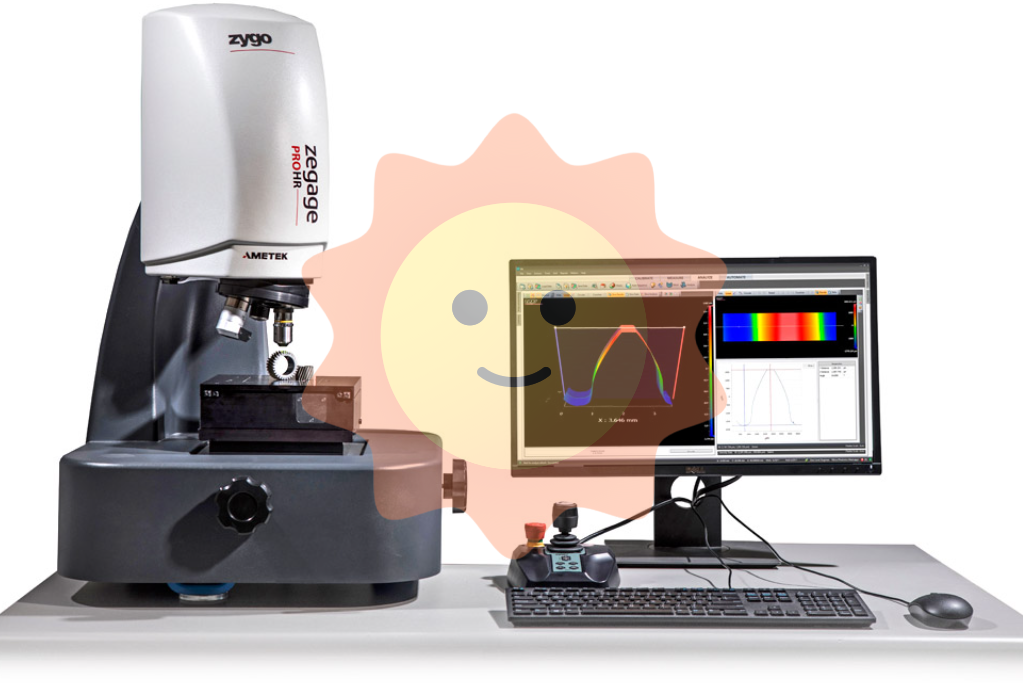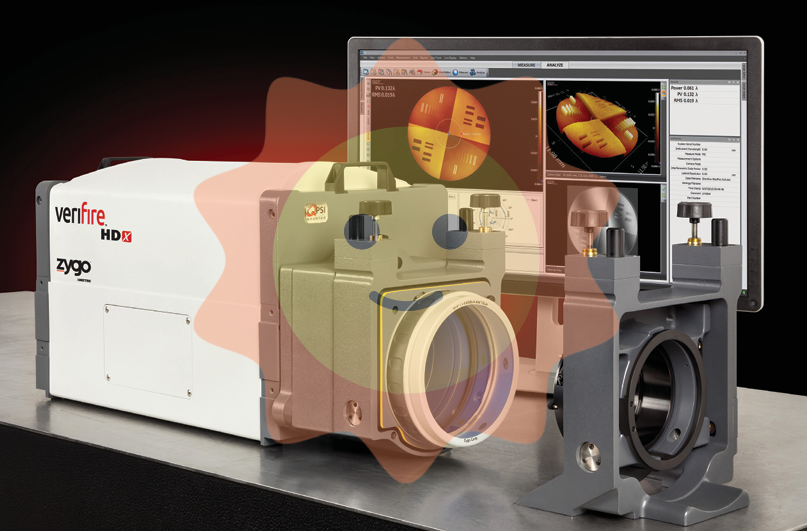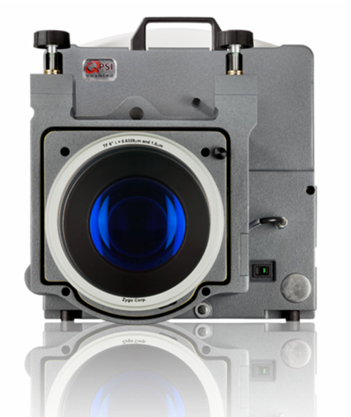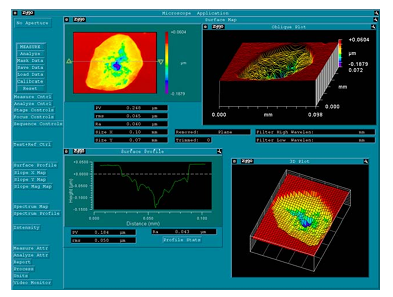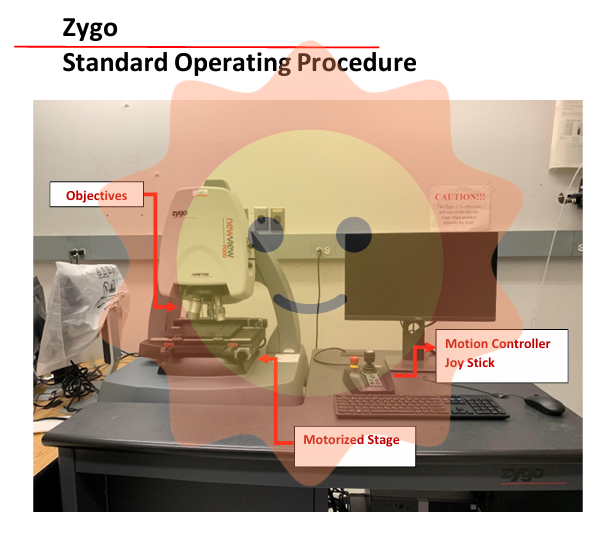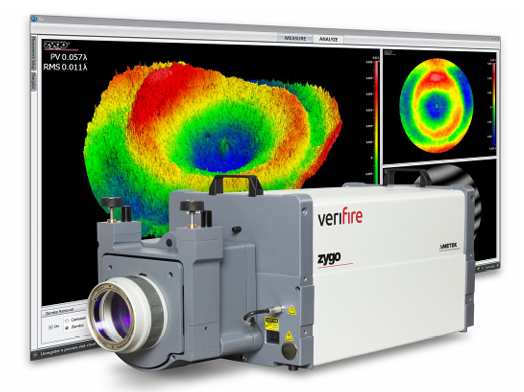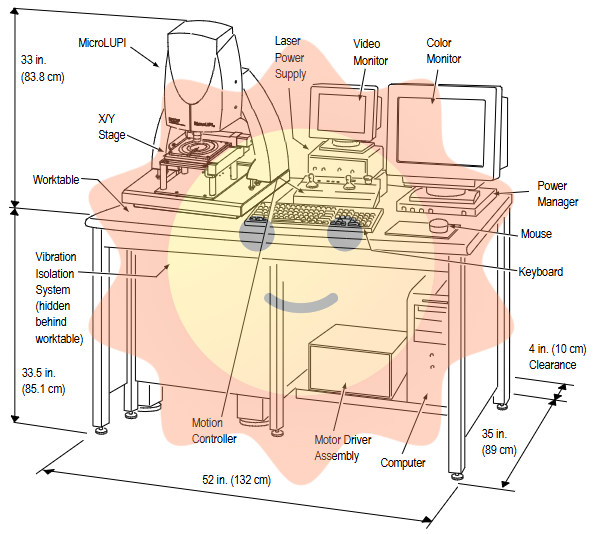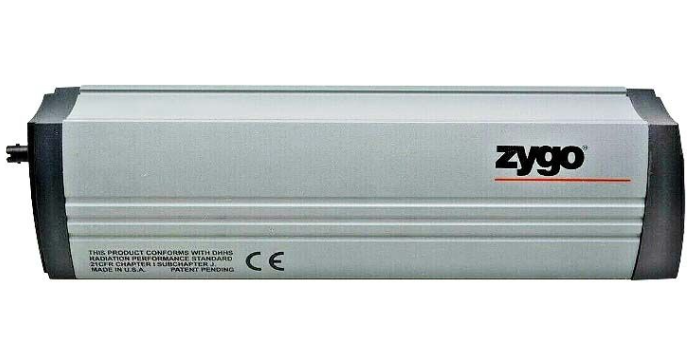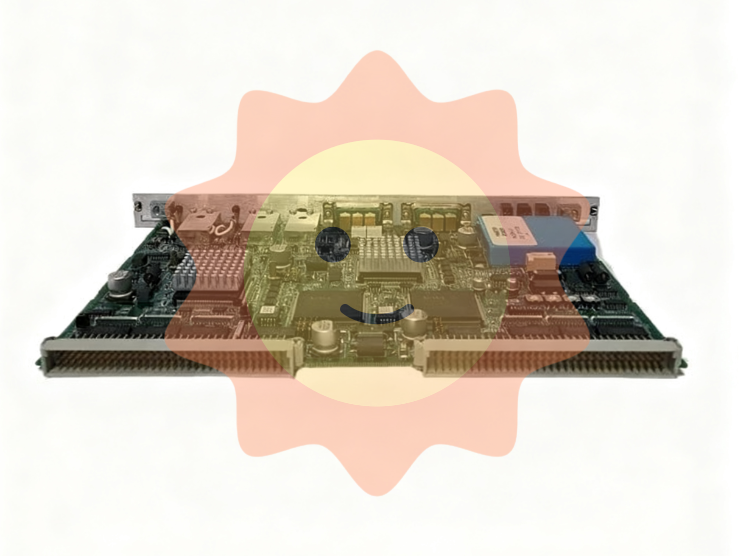The cable components of ABB TK803V018 controller need to match its three core requirements of redundant power supply, multi protocol communication, and high-density I/O connection, which are mainly divided into four categories.
ABB TK803V018 3BSC950130R1 Cable Assembly
Core classification and functional positioning of cable components
The cable components of ABB TK803V018 controller need to match its three core requirements of redundant power supply, multi protocol communication, and high-density I/O connection, which are mainly divided into four categories. Each type of component undertakes key transmission functions in the system:
Redundant power cable
Provide dual independent 24V DC power supply for the controller
Controller power interface+ABB redundant power module
Ensure power supply continuity and support 1+1 power redundancy design
Communication bus cable
Realize high-speed data exchange between controllers and system devices
Gigabit Ethernet port, RS485 port, SP bus interface
Meet the requirements of redundant communication and multi protocol data transmission
I/O expansion cable
Connect the controller to external I/O modules, sensors/actuators
DI/DO/AO/AI interface+peripheral signal port
Transmitting digital/analog signals to ensure the execution of control instructions
Redundant synchronous cable
Realize state synchronization and disturbance free switching between primary and backup controllers
Controller redundant synchronization interface
Support 1+1 controller redundancy to ensure fault switching continuity
Detailed explanation of technical parameters for key cable components
1. Redundant power cable (compatible with 24V DC ± 15% power supply requirements)
As the "power lifeline" of the controller, it needs to meet the high reliability requirements of wide voltage input and redundant power supply. The core parameters are as follows:
Conductor specification: Made of 16AWG multi strand tinned copper wire (wire diameter 1.29mm), designed according to UL 1007 standard, with a current carrying capacity of up to 5A, meeting 4 times the maximum power consumption of the controller (about 30W, current 1.25A) with redundancy margin
Insulation and Sheath: The insulation layer is XLPE (cross-linked polyethylene), with a temperature resistance range of -40 ° C to 105 ° C. The sheath is made of PVC material, with a flame retardant rating of VW-1, and has passed vertical combustion testing, suitable for dense wiring environments inside industrial cabinets
Interface configuration: One end is an ABB dedicated locking power plug (with anti reverse plug design), and the other end is a terminal connector, compatible with ABB S800 series redundant power module output end
Electrical performance: Insulation resistance ≥ 100M Ω (500V DC), withstand voltage of 2500V AC/1min without breakdown, voltage drop ≤ 0.3V (within 5-meter length), ensuring power supply stability
Standard certification: Compliant with IEC 60228 conductor standard, UL 1581 wire certification, compatible with module - operating temperature range of 35 ° C to 80 ° C
2. Communication bus cable (compatible with multi protocol high-speed transmission)
It is necessary to meet the transmission requirements of multiple protocols such as Gigabit Ethernet, Modbus RTU, SP bus, etc., and divide the parameters by interface type:
Adaptation Protocol/Interface
Gigabit Ethernet cable
4 pairs of 24AWG twisted pair cables
Double layer shielding (aluminum foil+tinned copper braided mesh)
Bandwidth of 1Gbps, transmission delay ≤ 50 μ s, bit error rate<10 ⁻⁹
Profinet IRT, EtherNet/IP
RS485 communication cable
2 pairs of 22AWG twisted pair cables
Single shielding (aluminum foil+drainage wire)
Transmission distance ≤ 1200m, differential impedance 120 Ω± 10%
Modbus RTU protocol
SP bus dedicated cable
3 pairs of 20AWG twisted pair cables
Three layer shielding (independent aluminum foil+total woven mesh)
Transmission rate of 100Mbps, supporting bus level redundancy
ABB Symphony Plus System Bus
Common characteristics: The sheath is made of low smoke halogen-free (LSZH) material, with a flame retardant rating in accordance with IEC 60332-1, suitable for high-risk environments such as chemical and nuclear power; The interface is equipped with a metal shielding shell, which is grounded and conductive with the controller interface, enhancing the ability to resist electromagnetic interference.
3. I/O expansion cable (suitable for high-density signal transmission)
For the interface configuration of 24 DI, 16 DO, 8 AI, and 4 AO for the controller, design according to signal type classification:
Digital signal cable (DI/DO):
Conductor: 20AWG single stranded copper wire with a current carrying capacity of 3A, meeting the redundant requirements of 8A drive capability for DO interface
Structure: 16 core bundle twisted design, each core is independently insulated, and the total sheath is made of PVC material, with a temperature resistance of -30 ° C to 80 ° C
Signal characteristics: Response delay ≤ 0.1ms, response time requirement for DI interface adaptation ≤ 1ms
Analog signal cable (AI/AO):
Conductor: 22AWG silver plated copper wire, reduces signal attenuation, suitable for 4-20mA/0-5V high-precision signals
Shielding: Each core is individually shielded with aluminum foil and shielded with a total copper mesh to suppress common mode interference and ensure an accuracy of ± 0.05% FS for the AO interface
Special design: AI cable with built-in signal filtering layer, compatible with low-temperature drift transmission requirements of RTD thermistor signals
4. Redundant synchronous cable (supporting controller undisturbed switching)
Specially designed for 1+1 controller redundancy, core parameters focus on synchronization performance:
Conductor: 2 pairs of 18AWG nickel plated copper wires to enhance signal transmission stability
Shielding: Four layer shielding structure (independent aluminum foil+shielding mesh+total aluminum foil+total braided mesh), with anti-interference ability better than IEC 61000-6-4 standard
Transmission characteristics: Synchronous signal delay ≤ 10 μ s, ensuring real-time consistency of status data between the primary and backup controllers, supporting disturbance free switching within 50ms
Interface: Dedicated snap on connector, with a plug and unplug life of ≥ 1000 times, equipped with a locking mechanism to prevent vibration loosening
Core principles for cable component selection
1. Matching system redundancy architecture
Power cables must be selected in pairs, with each power supply equipped with independent cables to avoid redundant failures caused by shared conductors
Communication cables need to be configured with "primary and backup dual links", and both Gigabit Ethernet cables and SP bus cables need to be redundantly deployed
Key I/O channels (such as chemical reaction kettle temperature AI signals) should use dual core backup cables that are compatible with channel level redundancy design
2. Adaptation environment and transmission distance
High temperature scenarios (such as metallurgical workshops): Priority should be given to using fluorine rubber sheathed cables with a temperature resistance of 125 ° C, instead of conventional PVC sheathed cables
Wet/dusty environment: Choose waterproof joint cables with IP67 protection level and use them in conjunction with sealed junction boxes
Long distance transmission (>50 meters):
Upgrade Ethernet cable to Category 6 shielded wire to reduce signal attenuation
Add signal repeaters to RS485 cables, with one set installed every 800 meters to ensure transmission quality
3. Meet electromagnetic compatibility requirements
Strong interference environment (such as areas with dense frequency converters):
Add a magnetic ring filter to the power cable to suppress conducted interference
The communication cable should be a high shielding cable with a weaving density of ≥ 90% and a grounding resistance of < 1 Ω
The distance between analog signal cables and power cables should be ≥ 30cm, and 90 ° vertical wiring should be used at intersections to reduce electromagnetic coupling
4. Compliance and compatibility verification
ABB original or certified compatible cables must be selected, non certified cables may result in:
SP bus communication interruption (protocol handshake failure)
Redundant switching delay exceeds the standard (>50ms)
Fault diagnosis false alarm (signal interference triggering false fault)
Verify cable certification label: It should include the "ABB Symphony Plus Compatible" certification label and UL/CE certification
Key operational information
1. Original factory matching model and compatibility
Redundant power cable
3BSC980051R1
1m/2m/3m
Power terminal block (3BSE008511R1)
Gigabit Ethernet cable
3BSC980124R1
1m/5m/10m
Shielded Crystal Head (3BSE019626R1)
SP bus dedicated cable
3BSC980207R1
2m/4m/6m
Bus terminal resistor (3BSE009482R1)
I/O expansion cable
3BSC980315R1 (numerical)
1m/3m/5m
I/O wiring module (3BSE018101R1)
Redundant synchronous cable
3BSC980402R1
0.5m/1m
Synchronous interface adapter
2. Key points for installation and maintenance
Installation specifications:
The distance between power cables and communication cables should be ≥ 20cm to avoid power ripple interference with communication signals
All cables must be fixed in the cabinet trunking, with a bending radius ≥ 8 times the cable diameter (such as Category 6 Ethernet cables with a bending radius ≥ 40mm)
Shielding layer single ended grounding (only grounded on the controller side), grounding resistance<0.5 Ω, to avoid the formation of grounding circulation
Maintenance cycle:
Quarterly: Check the joint locking mechanism, clean the interface dust, and test the cable insulation resistance
Every year: Conduct transmission performance testing on redundant synchronous cables and SP bus cables, and replace aging sheaths (used for more than 5 years)
Troubleshooting: When communication is interrupted, priority should be given to detecting the grounding of the cable shielding layer and the tightness of the joint. A cable tester can be used to locate the breakpoint
Typical application scenario wiring scheme example
1. Boiler control scenarios in thermal power plants
Core requirements: Controller connected to AI801 temperature module (monitoring boiler temperature), AO801 valve module (regulating water supply)
Cable configuration:
Power supply: 2 3BSC80051R1 (2m) connected to redundant power modules
Communication: Two 3BSC980124R1 (5m) are connected to the industrial switch, and one 3BSC980207R1 (3m) is connected to the SP bus bus
I/O: 1 3BSC980315R1 (10m) connected to AI801 module, 1 analog signal dedicated cable (8m) connected to AO801 module
Wiring characteristics: The power cable runs along the independent cable tray on the left side of the cabinet, and the communication cable runs along the shielded cable tray on the right side, with a distance of ≥ 1m from the steam pipeline
2. Scene of chemical ethylene cracking unit
Core requirements: Redundant controller connected to ESD safety module, flow sensor, emergency shut-off valve
Cable configuration:
Redundant system: 2 3BSC98042R1 (0.5m) for primary and backup synchronization, 4 power cables (1m) for dual power supply
Signal transmission: 4 RS485 cables (20m) connected to flow sensors, 8 digital output cables (15m) connected to shut-off valves
Wiring characteristics: All cables adopt explosion-proof sheaths, and the joints are equipped with explosion-proof gland heads. The wiring path avoids high-temperature pipelines

- User name Member Level Quantity Specification Purchase Date
- Satisfaction :
-









Email:wang@kongjiangauto.com

